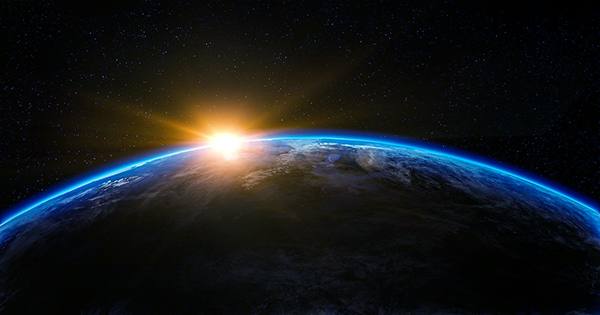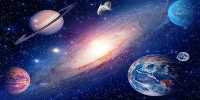Carbon is an important element for life, as we know it, so if we hope to understand the life of the universe, we have to understand the subject from which it came. New research claims that the carbon we make came later in the formation of the earth.
Concepts and supporting evidence have reported in two studies, the first published in Science Advances. The sun made up of huge clouds of gas and dust. In its early days, our stars influenced us to flatten this material into a disk, from which the planets eventually formed. The components of the said disc change vaporize and then condense again. In addition, here comes the issue – carbon will not condense again in a form that could trap in the newly formed world.
Earth’s carbon must therefore completely avoid in the phase of evaporation from interstellar medium-interstellar material. The lead author of this study Jie Li, a professor in the University of Michigan Department of Earth and Environmental Sciences, said in a statement, “The concentration model has been widely used for decades. It is thought that all the elements on the planet evaporate during the formation of the sun, and as the disk cools, these few gases condense and provide chemicals to the solids but not to carbon.”
The second paper, published in the Proceedings of the National Academy of Sciences, looked at the reduction of carbon as well as sulfur from the early planetary phase. These primitive rock bodies eventually merged with the planet. The team used metallic meteors to estimate how much of the elementary inner solar system’s elements had shrunk. “In most models, carbon and other life-sustaining elements such as water and nitrogen go from nebulae to primitive rock bodies and are transported to growing planets like Earth or Mars,” said Mark and Hirschman, a professor of Earth and the environment.
“But it avoids an important step, where the planets lose a lot of their carbon before they connect to the planets.” Carbon is important not only for building blocks but also for life for climate control. Too much or too little make an Earth-like planet uninhabited. Researchers believe that if there were too much carbon on Earth, it would end up like Venus, with a deadly dense atmosphere.
With very little carbon, the Earth looked closer to Mars. Hundreds of Earth-sized planets have yet to discover in the rest of the Milky Way, so understanding the carbon balance in the solar system could give us a chance to be born somewhere else.














